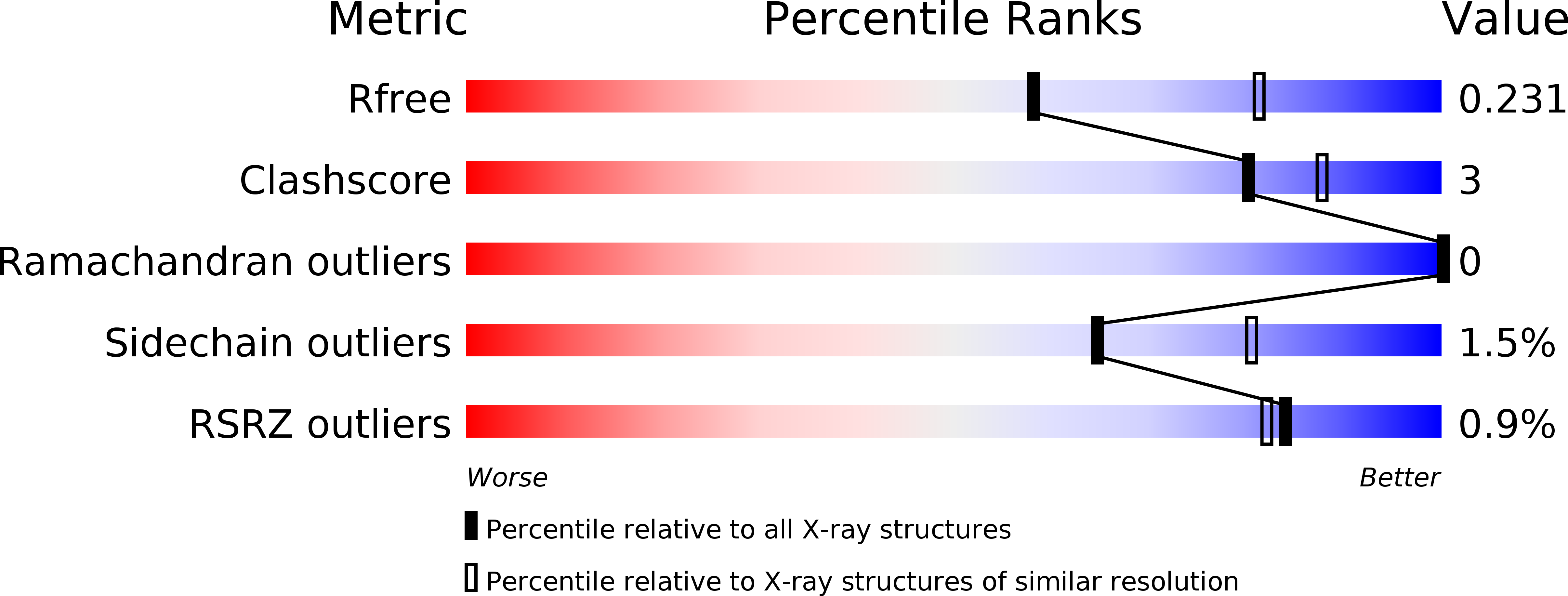
Deposition Date
2013-07-05
Release Date
2014-02-05
Last Version Date
2024-11-27
Method Details:
Experimental Method:
Resolution:
2.40 Å
R-Value Free:
0.23
R-Value Work:
0.18
R-Value Observed:
0.18
Space Group:
P 42 21 2


